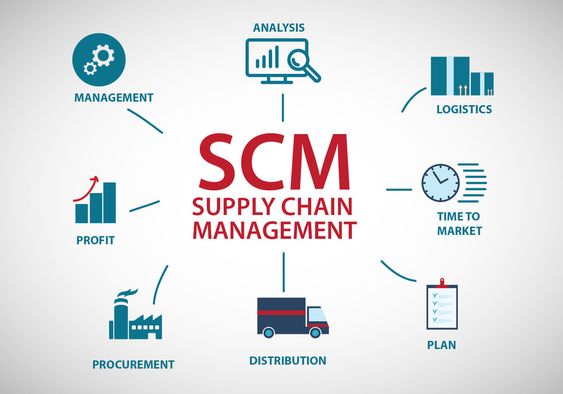In today’s globalized world, effective logistics management is more important than ever. Freight, supply chain, and transportation management are three key areas that every logistics manager or business owner needs to understand. This listicle will delve into these aspects, their differences, importance, best practices, successful case studies, and future trends.
1. Understanding the Differences
- Freight Management: This involves overseeing the movement of goods from one place to another via sea, air or land. It includes tasks like optimizing routing and carrier selection, managing shipping documentation, and tracking freight.
- Supply Chain Management (SCM): SCM is a broader concept that includes procurement, manufacturing, inventory management, and distribution – essentially managing the entire lifecycle of a product from raw materials to the end consumer.
- Transportation Management: This focuses specifically on the planning, execution, and optimization of transporting goods. It includes activities like route planning, load optimization, and carrier management.
2. Importance of Each Aspect
- Freight Management: Streamlining shipping processes can lead to significant cost savings, improve delivery times, and enhance customer satisfaction.
- Supply Chain Management: Effective SCM ensures smooth operations across all departments, reduces wastage, and leads to better financial performance.
- Transportation Management: Efficient delivery routes and schedules can significantly reduce transportation costs and improve service levels.
3. Best Practices for Success
- Freight Management: Implement efficient packing and loading techniques, use technology to track shipments in real time, and build strong relationships with reliable freight carriers.
- Supply Chain Management: Focus on collaboration and communication across all stakeholders, implement robust forecasting techniques, and prioritize sustainability.
- Transportation Management: Leverage technology for route optimization, analyze data to identify inefficiencies, and maintain a flexible approach to adapt to changes in demand or other external factors.
4. Case Studies of Successful Management
- Amazon: Amazon’s SCM is a textbook example of efficiency and innovation. Their use of automation, sophisticated forecasting models, and a customer-centric approach has helped them become a global e-commerce giant.
- Maxtrans: Maxtrans’s freight management excellence lies in their extensive network, real-time tracking systems, and customer-focused solutions.
- Walmart: Walmart’s transportation management strategy involves owning its truck fleet, which provides greater control over delivery schedules and costs.
5. Future Trends and Innovations
The logistics industry is constantly evolving, with new technologies and strategies continually transforming the way we manage freight, supply chains, and transportation. Here are a few trends to watch:
- Artificial Intelligence (AI): AI can enhance decision-making in logistics, from forecasting demand to optimizing delivery routes.
- Blockchain: This technology can increase transparency and traceability across the supply chain.
- Sustainable practices: As environmental concerns grow, companies are looking for ways to reduce their carbon footprint, such as using electric vehicles for delivery or sourcing from sustainable suppliers.
In conclusion, mastering freight, supply chain, and transportation management can give any business a competitive edge. Understanding their differences, implementing best practices, and staying abreast of future trends is crucial. Looking for expert advice on optimizing your logistics operations? Contact us for a consultation today. Let us help you take your business to new heights. So, never underestimate the power of efficient freight, supply chain, and transportation management for your business success! Join the ranks of successful companies by continuously improving your logistics operations with these key aspects in mind. Stay ahead of the competition and pave the way for a successful future by embracing innovation and constantly striving for improvement. Together

